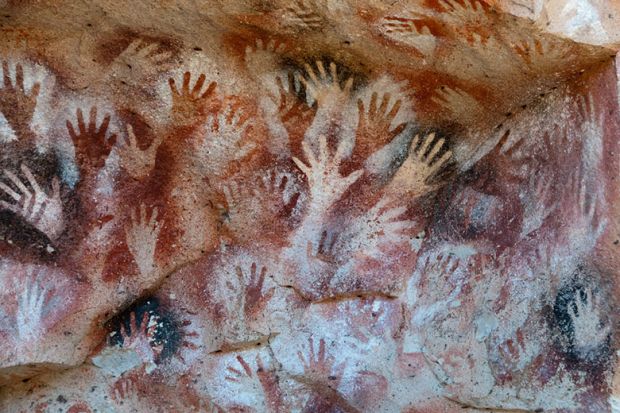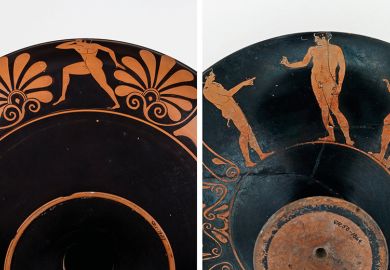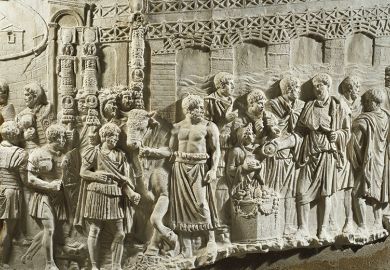The history of archaeology has received much attention since the late 1990s. Mainly undertaken by archaeologists themselves, studies have covered topics ranging from changes in archaeological thought to the political role of archaeology and the contribution of women to the discipline. Other subjects have included the part played by those never mentioned in publications; the geographies of archaeological knowledge; and the contribution of postcolonial studies to the development of the exploration of the past.
We have moved on from histories of “big men”, the university professors and museum curators in the main capitals of the Western world, to the larger human base, the context in which archaeology took place and in which its ideas were circulated and received. Amara Thornton’s Archaeologists in Print: Publishing for the People demonstrates that there are still new, unexplored angles to consider.
The book examines the production, distribution and reception of archaeological literature for the general public. Thornton deals with a period – the late 19th and early 20th centuries – when publishing houses were booming and a large proportion of the British public were keen readers. This was also a time when there were very few permanent positions for archaeologists in museums and even fewer in universities. Many new entrants to the discipline had only temporary positions; others were paid by funds, societies and private patrons. Professional and part-time archaeologists operated in a commercial world in which the discipline’s romantic image was being formed – partly because of their endeavours – and there were strong links with imperialism. This meant that an alternative source of income came from converting knowledge and experiences into cash through commercial publishing. Analysing how this took place is Thornton’s focus in this volume.
At one end of the production chain, she looks into who the producers were. She pays special attention to female authors in one chapter and then draws on archival research to assess the relationships formed between particular archaeologists and certain publishing houses (John Murray, Macmillan and Penguin). How archaeologists’ achievements became known to the general public is also, albeit briefly, discussed.
The book considers the choice of genre – memoirs, novels, guidebooks, newspapers, serialised compendiums, children’s books – used by different archaeologists. It also looks at the other end of the commercial chain, in a section on “circulation and readership” devoted to who consumed this literature. All this offers a refreshing new perspective on the history of archaeology and how it reached the public.
Although the title suggests a wider scope, the book centres on archaeologists working in Egypt and the Near East. The bibliography exemplifies something sadly common among young – and not-so-young – British-based professionals: there are no publications in languages other than English. Even obligatory general reference works such as Gran Aymerich’s Naissance de l’Archéologie Moderne are not included. Moreover, not all references mentioned in the text appear in the bibliography. The quality of the photographs could also have been better. Despite these criticisms, the book has much to offer.
Margarita Díaz-Andreu is ICREA research professor at ICREA (Catalan Institution for Research and Advanced Studies) and the University of Barcelona.
Archaeologists in Print: Publishing for the People
By Amara Thornton
UCL Press, 312pp, £40.00 and £20.00
ISBN 9781787352599 and 2582
Published 1 August 2018
POSTSCRIPT:
Print headline: How hearts were won by spades
Register to continue
Why register?
- Registration is free and only takes a moment
- Once registered, you can read 3 articles a month
- Sign up for our newsletter
Subscribe
Or subscribe for unlimited access to:
- Unlimited access to news, views, insights & reviews
- Digital editions
- Digital access to THE’s university and college rankings analysis
Already registered or a current subscriber?










